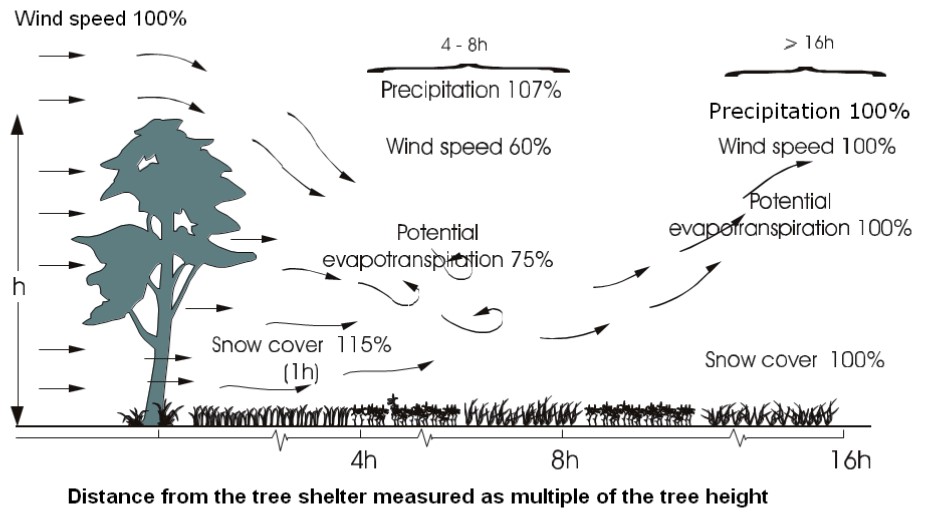
GEDI improves weather forecasting and climate modeling with its detailed characterization of 3D canopy structure and ground elevation.
Horizontal and vertical distributions of forest structural elements, along with topography, create heterogeneous canopy surfaces with varying aerodynamic characteristics, changing the way air moves across the landscape. GEDI provides more accurate estimates of biophysical variables in land surface models that are widely used in operational weather predictions by the National Centers for Environmental Prediction (NECP) and the Weather Research Forecast (WRF) and in most climate models used by World Meteorological Organization (WMO). These variables include canopy gaps which are used to derive fractions of vegetation and ground, canopy height which is used to estimate surface roughness, and leaf area index which is used to compute regional radiation and evapotranspiration. GEDI data products further enhance our understanding of turbulence formation, heat and gas exchange, and aerosol dispersion in the biosphere-atmosphere boundary layer to provide better predictions of weather and climate dynamics.






